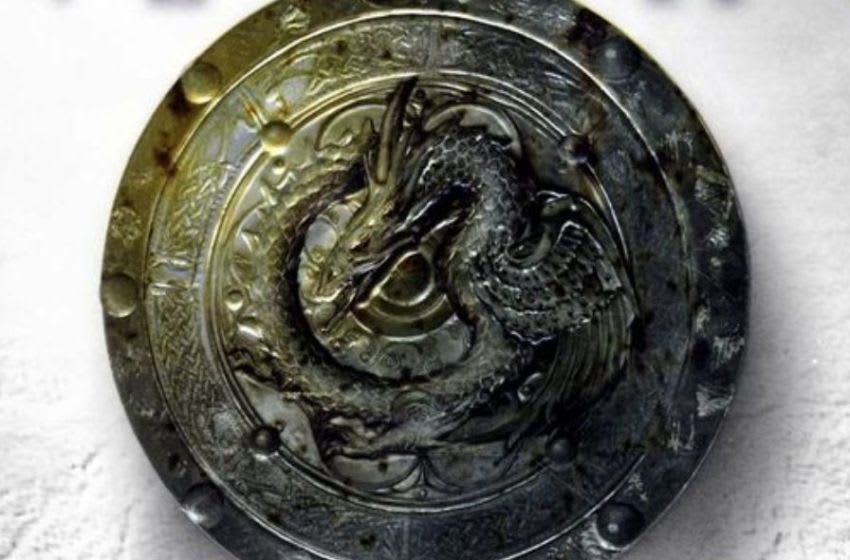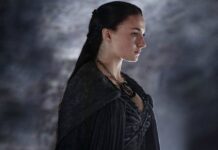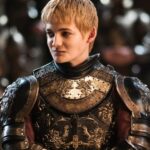
Image: A Dance with Dragons. Publisher: Voyager Books (UK).
Bantam Spectra (US). Cover art: Larry Rostant.
Of course, it wasn’t the final entry into the series — we’re still waiting on The Winds of Winter and A Dream of Spring — but it was the only one we’ve gotten in the past decade, so let’s take a look back at the good, and the bad.
First up, we have to address Martin’s crucial decision to split Dance and 2006’s A Feast for Crows up by location. In Feast, we caught up with characters like Cersei, Jaime and Arya, but by the time Dance came out, it had been 11 years since Song of Ice and Fire fans had visited with the likes of Jon Snow, Daenerys Targaryen and Tyrion Lannister.
Splitting up the story this way was a curious choice. It made both Feast and Dance feel like they were incomplete in some way, and it didn’t help that some of characters’ plotlines seemed to go nowhere until the very end. Take the ill-fated Quentyn Martell, who set out from Dorne to win the hand of the Dragon Queen in Meereen. Did we really need to spend chapter after chapter on his journey when it was just going to go up in smoke in the final stretch? I applaud Martin for wanting to show us the details of his expansive world, but reading some of these meandering plotlines, you have to wonder if it wouldn’t have been better to cut some stuff down and release Feast and Dance as one unified book as originally planned.
On the other hand, sometimes the slower pace pays off. Through Theon’s eyes, we see plots and conspiracies bubbling up at Winterfell, with mysterious murders and the lords of the North at each other’s throats. Meanwhile, Ser Davos’ attempts to woo the Manderlys to Stannis’ side contains some of Martin’s best writing. Wyman Manderly’s “The North Remember” speech is rousing stuff, and it’s a shame we never got to see that moment onscreen.
Then there’s Jon Snow’s murder, the biggest cliffhanger of the series so far. This scene cause a huge stir when it was adapted for Game of Thrones, but that version is actually a vastly simplified take on what happens in the books.
In both versions of the scene, Jon is murdered by his Night’s Watch brethren because they don’t like how he’s running the place. But on the page, Jon takes the extra step of breaking with thousands of years of Night’s Watch tradition and deciding to head south to fight Ramsay, violating the prohibition on the Night’s Watch not getting involved in the affairs of the realm. I enjoyed the parallel between Jon forgoing his own honor by deserting the Night’s Watch to save his family and Ned doing much the same thing in A Game of Thrones, and them both dying anyway.
Basically, in A Dance with Dragons, it’s easier to see why the Night’s Watch rebels, whereas on the show they look more like disgruntled underlings. Jon is a deeper, more flawed character on the page. That kind of increased complexity is all over Martin’s books.
Other highlights include Cersei Lannister’s Walk of Shame, which is every bit as harrowing on the page as it is onscreen, and the attack on Daznak’s Pit, which like Jon’s death is richer on the page than it is on the show.
Overall, both Dance and Feast feel like the beginning of the story’s second act, with definite high points but without the final stretch to make them feel as finished as the earlier books in the series. With any luck, The Winds of Winter will close that loop, and we can finally put A Dance with Dragons into its proper context.
As for when we might get Winds, no one knows, but given how many updates Martin has been giving us lately, it might not be a bad idea to start rereading Dance right about now.
To stay up to date on everything fantasy, science fiction, and WiC, follow our all-encompassing Facebook page and sign up for our exclusive newsletter.
Get HBO, Starz, Showtime and MORE for FREE with a no-risk, 7-day free trial of Amazon Channels




















![[Book Review] The Blade Itself (The First Law Trilogy) by Joe Abercrombie](https://bendthekneegot.com/wp-content/uploads/2018/01/1516047103_maxresdefault-218x150.jpg)


















